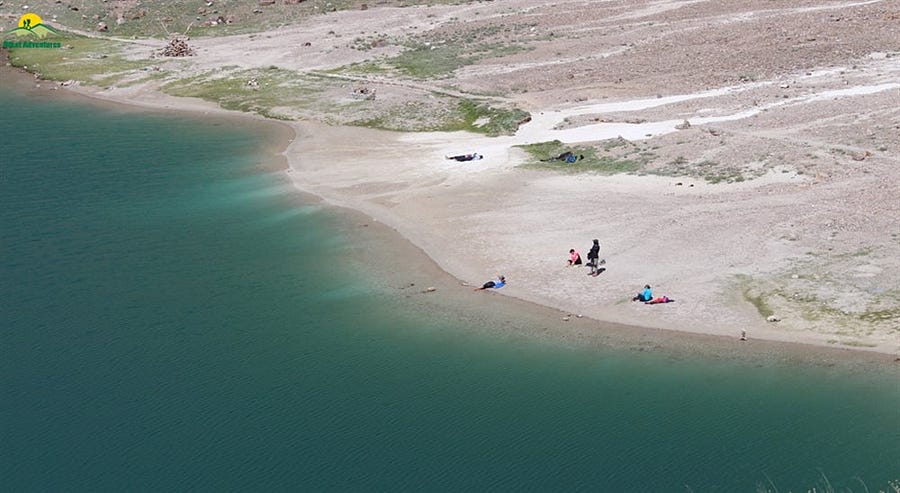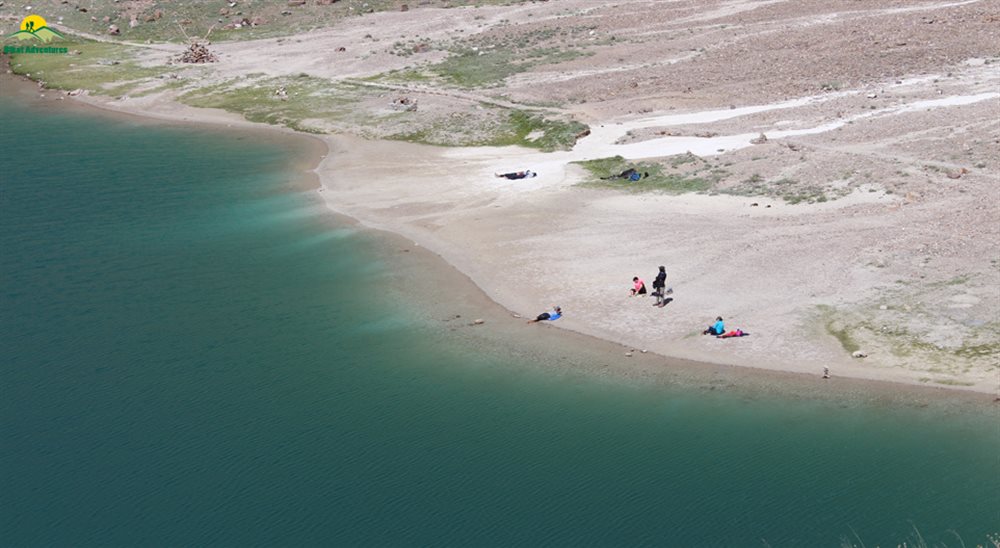The Hampta Pass trek is a breathtaking adventure that unveils the contrasting landscapes of Himachal Pradesh, India. Traversing through verdant valleys, vibrant meadows, and snow-capped peaks, this trek promises an unforgettable journey for trekkers of all skill levels. In this comprehensive guide, we’ll delve into the intricacies of planning a successful Hampta Pass trek, from understanding its difficulty level to mastering the essential skills and gearing up for the challenge.
Assessing the Trek’s Difficulty: A Level 4 Adventure
According to the Bikat Rating Scale, which evaluates the difficulty of treks based on geographical and climatic conditions, the Hampta Pass trek is classified as a Level 4 trek. This rating signifies that while the trek is challenging, it is accessible to beginners with prior trekking experience and a good fitness level.
For those new to trekking, it is recommended to start with Level 1 or 2 treks to build endurance and familiarity with the demands of the trails. As you gain confidence, you can gradually progress to Level 3 treks before attempting the Hampta Pass trek.
Navigating the Trails: A Circuit of Contrasts

The Hampta Pass trek is a circuit that begins and ends at different points, offering a diverse array of landscapes and challenges along the way. The trek commences at Jobra (2,743 meters) and concludes at Chikka (3,048 meters), spanning a total distance of approximately 30 kilometers.
Day 1: Jobra to Chikka (3 km, 2 hours)
The first day’s trek is a relatively easy one, leading you through a dense forest of towering oak and maple trees. As you emerge from the woodland, the serene Rani Nallah River will accompany you on your right, flowing through a sprawling valley.
Day 2: Chikka to Balu Ka Gehra (5 km, 7–8 hours)
The second day presents the first significant challenge of the trek: a river crossing. Midway through the trail, the Rani Nallah River intersects, requiring trekkers to navigate through its strong currents and chilly waters. Our experienced trek leaders will guide you through this exhilarating crossing, ensuring your safety at all times.
Day 3: Balu Ka Gehra to Shea Goru (9 km, 9 hours)
Day 3 is the longest and most demanding leg of the trek. The journey begins at Balu Ka Gehra, ascending steeply through boulder-strewn paths to the Hampta Pass (4,200 meters). As you gain altitude, the landscape transitions from lush greenery to snow-covered trails, culminating at the breathtaking Hampta Pass.
The final ascent to the Pass is the steepest and most challenging section, with soft snow further slowing your pace. However, the reward at the end is well worth the effort — the majestic Hampta Pass, a gateway to the Spiti and Lahaul regions.
Day 4: Shea Goru to Chhatru (5 km, 4 hours)
The descent from the Hampta Pass is no less challenging than the ascent. The trail descends at a steep 50-degree angle, with loose gravel, sand, and boulders adding to the difficulty. Proper techniques and gear are essential to navigate this stretch safely, especially during the monsoon season when the trails become slippery.
The final challenge of the trek awaits in the form of a second river crossing, where the currents are swifter and the waters colder. Our trek leaders will employ techniques like human chains or ropes to ensure a safe passage across the river.
Gearing Up: Essential Equipment and Skills
While Bikat Adventures provides most of the necessary equipment, such as tents, sleeping bags, crampons, and snow boots, there are a few essential items you’ll need to bring along for a comfortable and safe trek.
Backpack and Trekking Shoes
Invest in a sturdy, lightweight backpack and a pair of comfortable, high-ankle trekking shoes with sturdy soles. These will not only provide better support but also reduce the risk of injuries on the rugged trails.
Essential Skills
Bikat Adventures is committed to ensuring that trekkers not only complete their treks but also acquire valuable skills along the way. Our experienced trek leaders will impart the following essential skills during the Hampta Pass trek:
- Ascending and Descending Techniques: Maintaining the right rhythm and body posture is crucial to avoid injuries and reduce stress on your ankles and knees during the challenging ascents and descents.
- Packing Your Rucksack: Learn efficient techniques for packing your backpack, ensuring that essential items like rain gear are easily accessible on the trail.
- Pitching a Tent: Our trek leaders will guide you through the process of pitching a tent, a valuable skill for any trekker.
- Layering and Hiking Attire: Understand the importance of layering and choosing the right hiking attire to protect yourself from the elements, especially during the colder sections of the trek.
- River Crossing: The river crossings on the Hampta Pass trek are both exhilarating and potentially dangerous. Our trek leaders will impart the necessary knowledge and skills to cross these rivers safely.
- Using Trekking Poles: Learn the proper techniques for using trekking poles, which can provide invaluable support and stability on the challenging terrain.
By mastering these skills, you’ll not only enhance your trekking experience but also gain confidence and preparedness for future adventures in the great outdoors.
Embracing the Adventure: Final Thoughts
The Hampta Pass trek is a remarkable journey that combines the thrill of adventure with the beauty of nature. From the lush valleys of Kullu to the rugged landscapes of Lahaul, this trek offers a unique opportunity to witness the contrasting faces of Himachal Pradesh.
With proper planning, essential gear, and the guidance of experienced trek leaders, the Hampta Pass trek is an achievable and rewarding challenge for trekkers of all skill levels. Embrace the adventure, immerse yourself in the breathtaking scenery, and create memories that will last a lifetime.






Comments